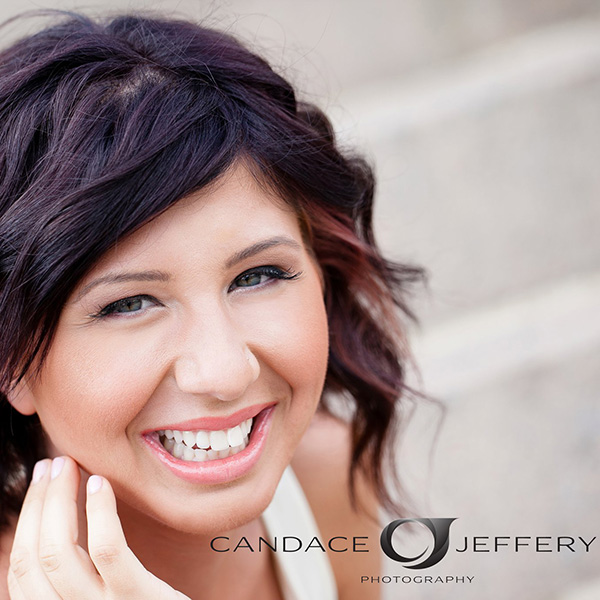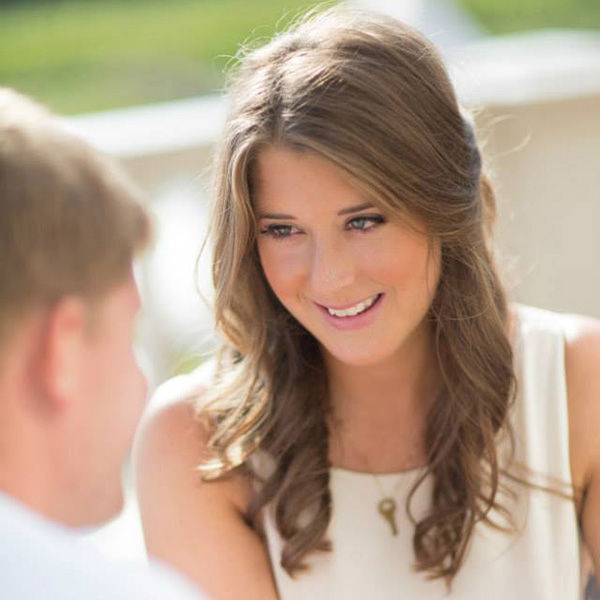How to Choose the Best Sunscreen
How to Choose the Best Sunscreen
 If
you enjoy spending time at the pool or the beach or participating
in other outdoor activities, you need to protect your skin from
the sun. The sun's UV rays are responsible for sunburn and for
many new cases of skin cancer every year. Here are some tips to
help you choose
the best sunscreen.
If
you enjoy spending time at the pool or the beach or participating
in other outdoor activities, you need to protect your skin from
the sun. The sun's UV rays are responsible for sunburn and for
many new cases of skin cancer every year. Here are some tips to
help you choose
the best sunscreen.
The sun releases two types of ultraviolet rays. UVA rays penetrate deeply into the skin and cause wrinkles and aging. UVB rays cause sunburn and skin cancer.
Choose a broad spectrum sunscreen that provides protection against both UVA and UVB rays. It should include benzophenones (oxybenzone), cinnamates (octylmethyl cinnamate and cinoxate), sulisobenzone, salicylates, titanium dioxide, zinc oxide, avobenzone (Parsol 1789), or ecamsule (Mexoryl SX).
The sun protection factor (SPF) rates how much a sunscreen protects a person from UVB rays. If you would normally get a sunburn after 10 minutes in the sun, a sunscreen with an SPF of 15 will multiply that by 15, meaning you won't burn for 150 minutes.
SPF 15 works fine for most people. If you have very fair skin, a family history of skin cancer, or a condition such as lupus that makes you more sensitive to light, you should use an SPF of 30 or higher.
A higher SPF does not provide much more protection than a lower one. SPF 15 filters out 93 percent of UVB rays, and SPF 30 filters out 97 percent.
There is no rating to measure how well a sunscreen blocks UVA rays. Look for a product that contains ecamsule, avobenzone, oxybenzone, titanium dioxide, sulisobenzone, or zinc oxide.
If you are going to be exercising or swimming, choose a sunscreen that is sweat- and water-resistant. According to the Food and Drug Administration, water-resistant sunscreen remains effective for 40 minutes in the water. Very water-resistant sunscreen maintains its effectiveness for 80 minutes. No sunscreen is completely waterproof, so you will need to reapply it regularly if you are going to spend a lot of time in the water.
 One
of the most important things is to choose a product you like.
Sunscreen only works if you use it.
One
of the most important things is to choose a product you like.
Sunscreen only works if you use it.
Babies and children have sensitive skin that can be irritated by chemicals in adult sunscreens. Do not use a sunscreen with para-aminobenzoic acid (PABA) or benzophenones such as dioxybenzone, oxybenzone, or sulisobenzone on children. Sunscreens designed for children use ingredients such as titanium dioxide and zinc oxide that are less likely to irritate a child’s skin because they are not absorbed. For a child six months or older, use a sunscreen for children with an SPF of 15 or higher. The American Academy of Pediatrics recommends keeping babies under six months old out of the sun completely.
If you have sensitive skin or a condition such as rosacea, a sunscreen for children might be the best choice for you. Choose a product with titanium dioxide or zinc oxide, not para-aminobenzoic acid (PABA), dioxybenzone, oxybenzone, or sulisobenzone. If you have irritated skin or allergies, avoid sunscreens that contain alcohol, fragrances, or preservatives. You can use a sunscreen with moisturizers or other ingredients as long as they meet the minimum UVA and UVB requirements.
Apply sunscreen 15 to 30 minutes before you go out in the sun. Sunscreen can be applied under makeup. Use about one ounce or two tablespoons to cover your entire body. Studies have shown that many people don’t use enough.
Be sure to apply sunscreen to easy-to-miss spots, such as the tips of your ears, your feet, the backs of your legs, and a bald spot, if you have one. Use a UV-protective lip balm.
Reapply sunscreen every two hours. Apply it more often if you are sweating or in the water.
Check the expiration date on the bottle. Sunscreen can become less effective over time.
Wear sunscreen any time you are outdoors. Even on an overcast day, 80 percent of the sun’s UV rays can penetrate clouds. The sun can also damage your skin during the winter.
No sunscreen can protect you from the sun completely. You should stay in the shade whenever possible, wear sunglasses, stay inside when the sun’s rays are at their strongest (10 a.m. to 4 p.m.), wear a wide-brimmed hat, and wear sun-protective clothing that has an ultraviolet protection (UVP) rating on the label or that is dark and tightly woven.
Read More > Useful Information
Contact Us
31 Liberty St.
Southington, CT 06489
(by appointment only)
860-621-1000
(salon calls only please)
info@thebeautybarct.com
